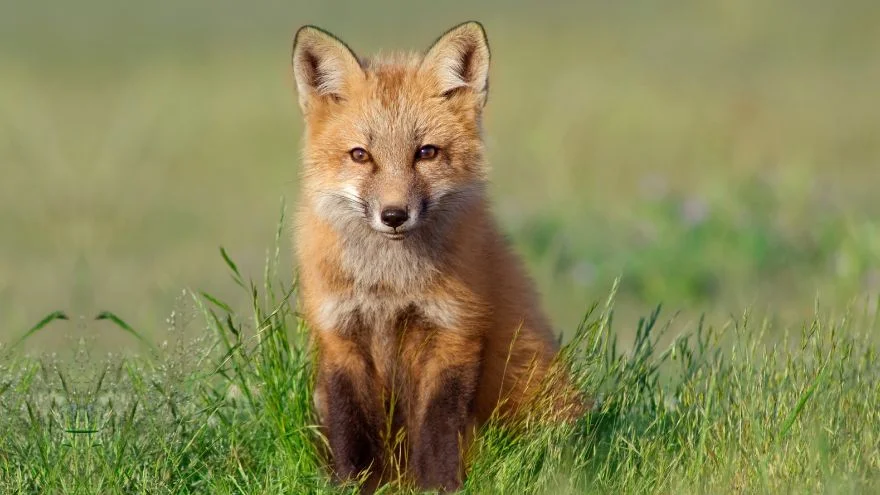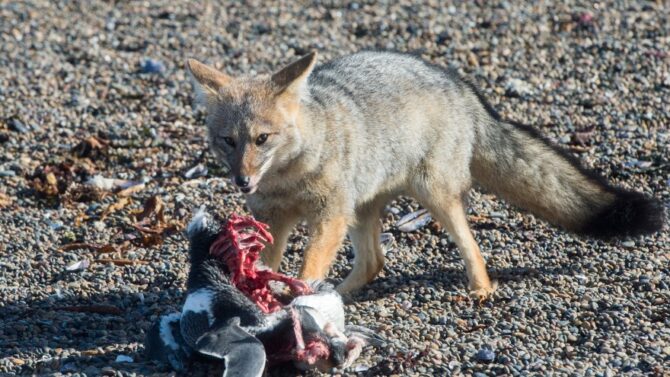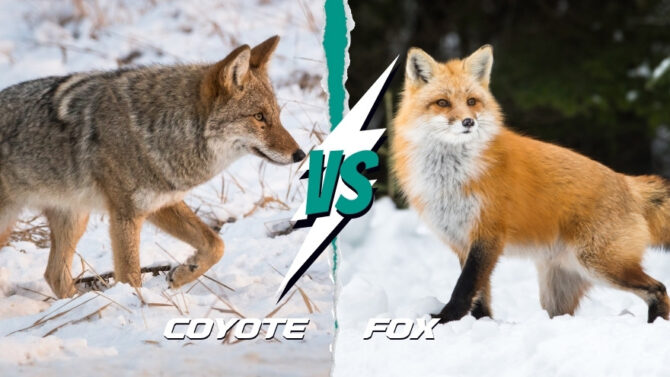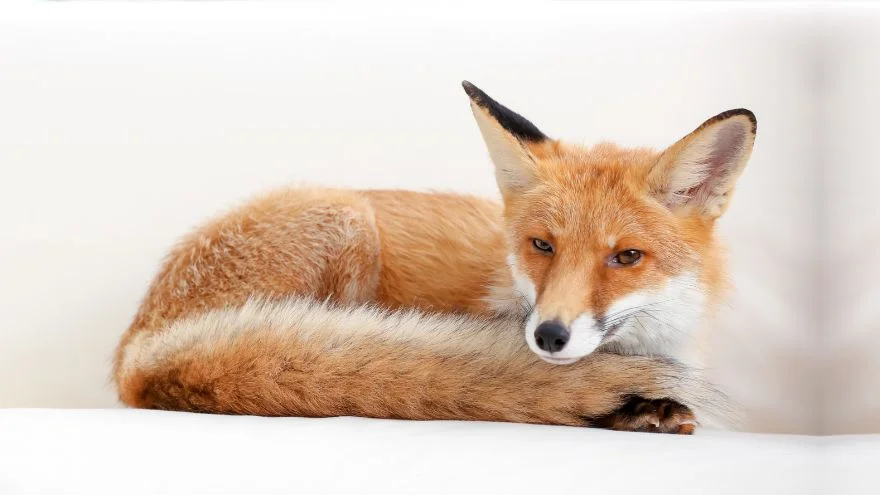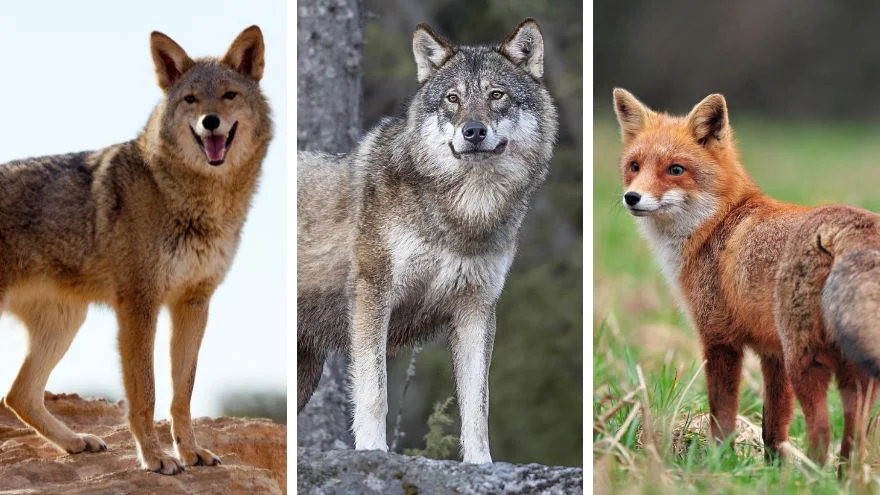Offspring of the most ferocious animals are mighty adorable; little wonder we marvel at the beauty of baby foxes adorned with their fluffiness, beautiful eyes, and cuteness.
These incredibly smart wildlife nobles are among the forest’s most delightful young creatures.
However, there is a lot about these wild canines you may not know, including what they are called, facts about foxes’ reproduction process and their young, and other amazing information that may interest you.
Heck, we also have a compilation of the cutest baby fox pictures that are guaranteed to put the biggest smile on your face and make your day much better.
What Is a Baby Fox Called?
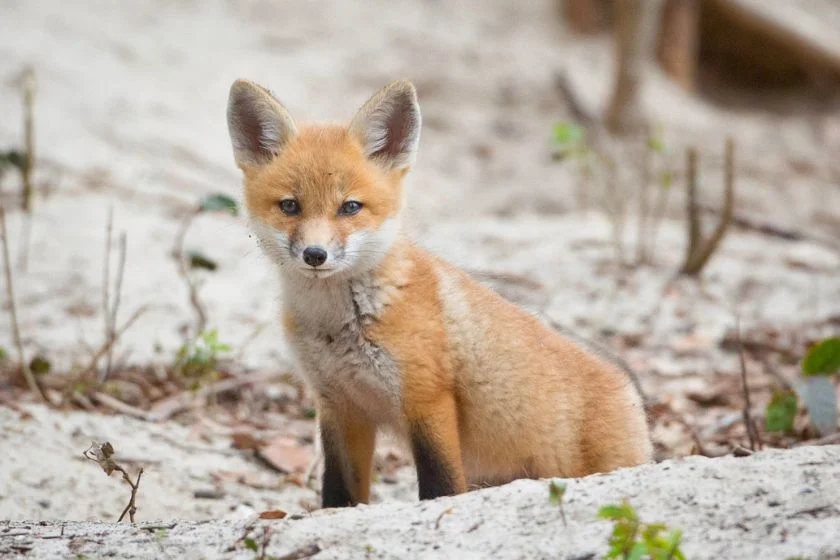
Foxes are similar to dogs, cats, and felines regarding what to call their young.
A baby fox is called a kit or kitten. Fox babies are also called pups or cubs. A vixen (female fox) can give birth to four to five kittens at once (called a litter as a group).
Infant foxes are deaf, blind, and less furry at birth but become adorable after their first month when their brown, tan, or charcoal-colored fur becomes noticeably fluffy.
Fox Breeding & Reproduction
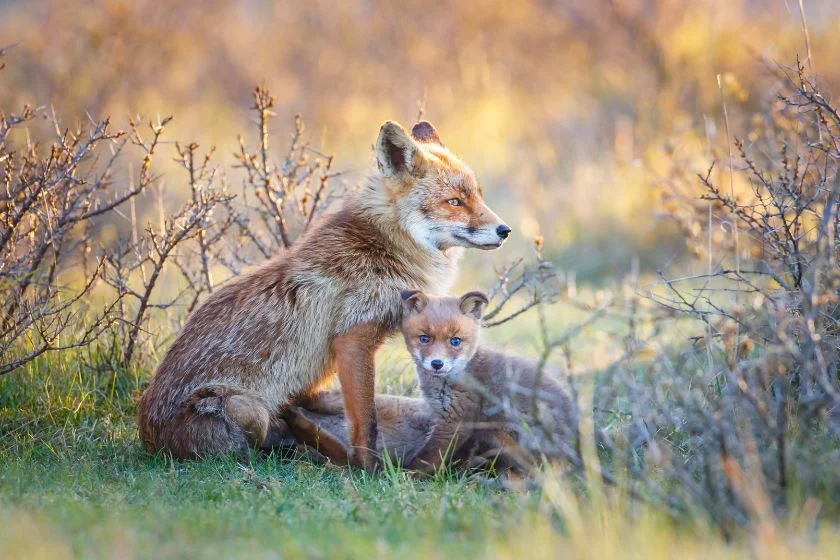
The reproduction process differs in species regarding the breeding season and sexual behavior.
Most species breed during the first few weeks of winter, while the red fox, one of the most widely distributed species, breeds between the first three months of the year.
However, foxes breed throughout the year as there are twenty-three fox species and forty-four subspecies.
They find their partners through smell, giving off powerful scents and remarkably forming pair bonds, potentially lasting a lifetime.
A vixen’s heat lasts three days, while gestation extends between fifty-two and fifty-four days.[1]
Where Are Fox Babies Born?

Female foxes, or vixens, give birth to their young in a fox den, an underground structure that protects their young from predators; however, some vixens make their dens in trees.
Vixens dig between three and ten feet into the ground to create dens. They also use abandoned or previously used dens.
Remarkably, these industrious vixens make two or more dens for backups, while the male foxes, or dogs, secure the den following the birth of the pups.
How Long Do Baby Foxes Stay With Their Mother?

Like most mammals, baby foxes depend on their parents for survival. Still, we may argue that kittens need their mother’s attention more than some other mammals.
Why?
Kittens are deaf, blind, and less furry at birth, relying on their mother’s milk as the only food source.
These kittens will suffer greatly if their mothers venture far from them; fortunately, vixens give their kits adequate time and attention while the dogs bring food to the den.
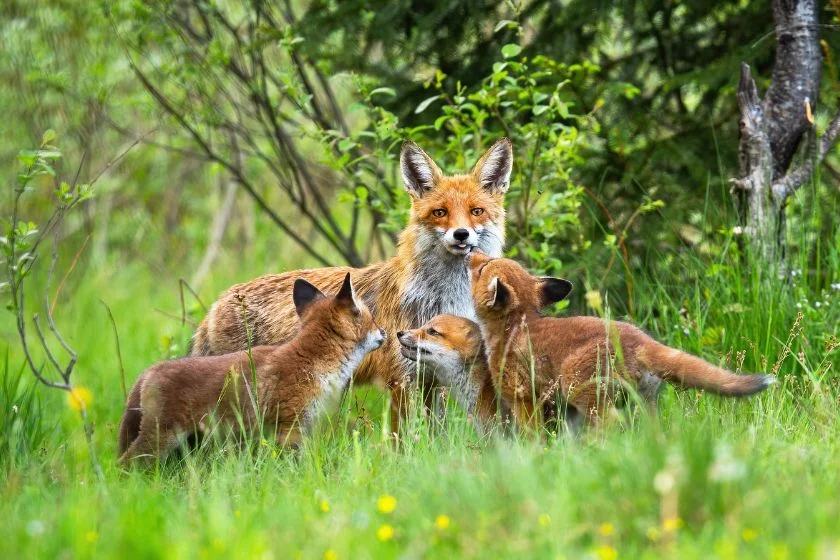
Kittens are ready to experience forest life after a month in the den as the weaning process commences.
They may begin to sharpen their hunting skills by playing chase with their mother’s supervision.
They would be completely independent within 7 months after weaning as territorial behavior replaces the play sessions.
While foxes may live up to fourteen years in the wild, it is disheartening that most kittens do not make it to their first year due to harsh conditions.
What do Baby Foxes Eat?
While little foxes may have small stomachs, they largely make up for their inability to consume large meals by eating regularly.
Milk is a kitten’s only diet for the first few weeks of its life, consuming about half a liter daily. A kitten might feed up to four times a day.
Vixens start weaning their kittens as they leave the den, regurgitating foods like insects, fish, and meat into their mouths.
Gradually, the kittens start eating live games hunted by their mother as their stomachs develop to consume more food.
As they develop into adulthood, foxes can consume up to one pound of food daily.[2]
What Do Baby Foxes Weigh?
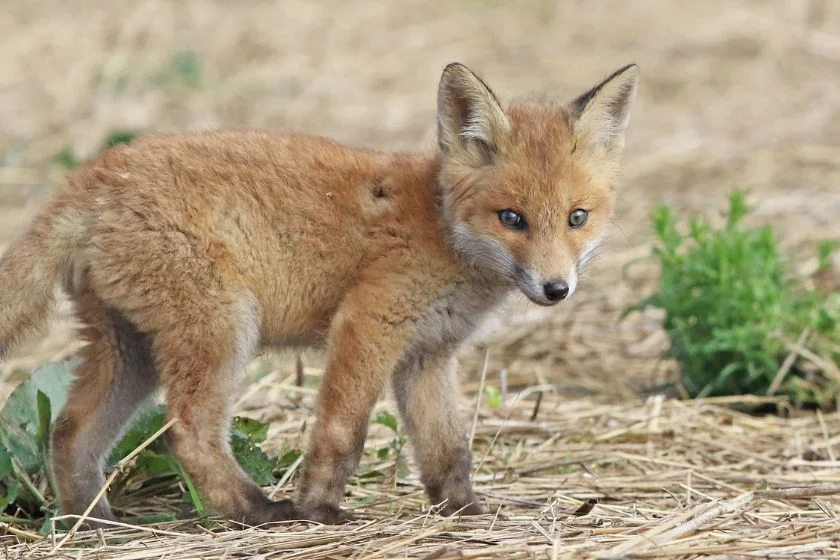
Baby foxes are small at birth, weighing between 0.15 and 0.2 pounds. The small size of some is not surprising, considering that a fox specie (Fennec Fox) is the smallest Canid.
However, their rapid growth within the next few weeks is why they look adorable when you come across them.
Kittens grow to three times their size a week after birth but are not strong enough to hunt prey until their third month.
Do Baby Foxes Have Teeth?
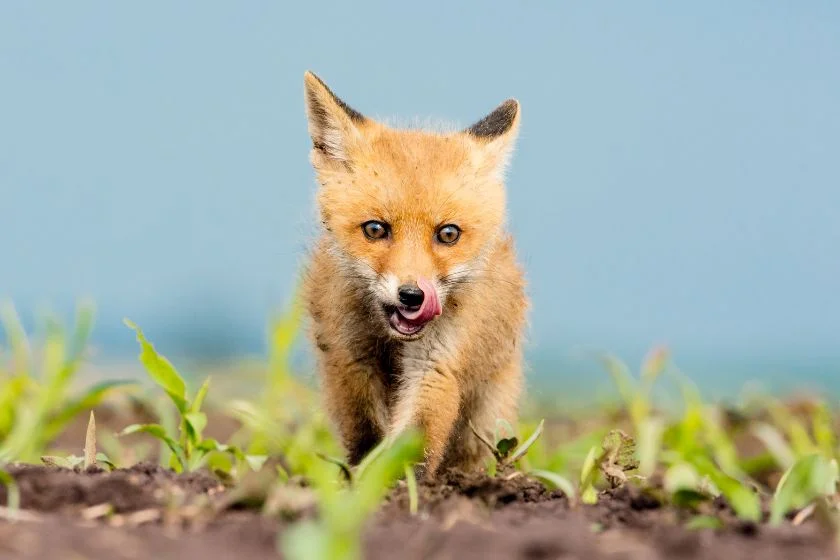
Most species have a well-developed dentition of forty-two teeth; however, kittens are toothless at birth.
A few teeth appear in the upper jaw when they are about two weeks old, and the following weeks see tooth growth in the lower jaw, totaling twenty-eight baby/milk teeth.
Foxes start losing their baby teeth at around four months, replacing them with forty-two permanent teeth (twelve incisors, four canines, sixteen premolars, and ten molars).
Some species, like the bat-eared fox, have six extra molars, making their dentition equal to forty-eight.
Fascinating Facts About Baby Foxes

Little foxes have tons of facts under their coat, and you could be in for a surprise as this sub-topic presents some baby fox facts that would mesmerize you.
Kittens Have Tiny Tummies
As wild canines, foxes have a high prey drive. Nevertheless, kittens will have to wait until they are at least six weeks before they hunt and consume their favorite meat-based diet.
Kittens have small stomachs that can accept about half a liter of their mother’s milk for their first four weeks.
They may start to try tiny bits of meat and insects for the next few weeks until their stomachs are big enough to consume meat.
Fox Babies Have Incredible Sight, Hearing, and Smell
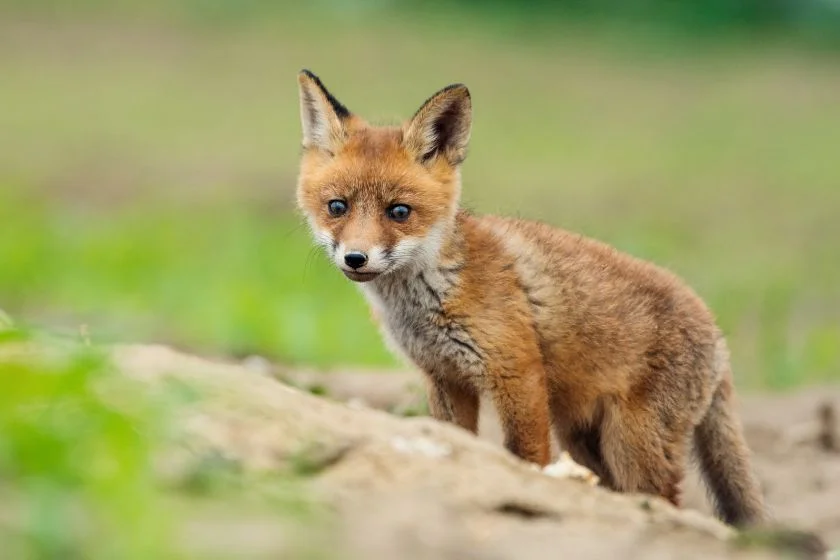
We can keep singing praises about adult foxes, but their incredible senses do not develop overnight.
Undoubtedly, adult foxes have sharp senses that help them detect and locate prey.[3]
In fact, adult foxes are apex predators in some parts of the world, like the United Kingdom.
Little foxes have incredible sight, smell, and hearing, which is crucial to their survival in the wild.
Kittens are Smelly
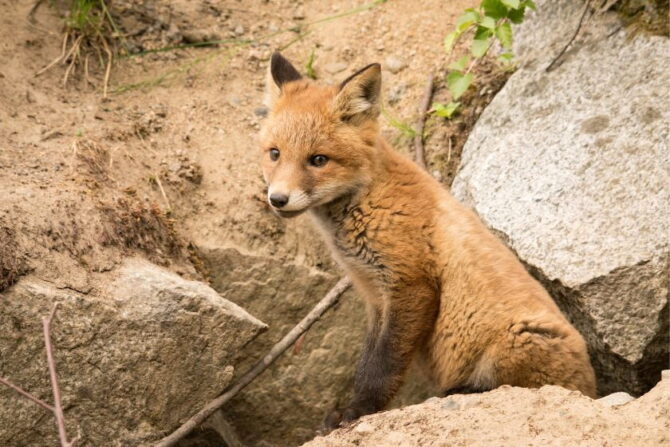
You may think skunks have an incomparable odor until you find baby foxes.
While little foxes have no musks to shoot, they have similar scent glands that produce a powerful bad odor.
You are not alone if you think this odor is unnecessary, as they do not use it for protection.
Remarkably, foxes use their odor to identify themselves, find partners, and create long-lasting pair bonds.
Kittens Have Cat-Like Traits
Foxes are canines, implying that they are wild dog species and cousins of our beloved dogs.
However, their little ones hack nature to exhibit cat-like traits. Kittens have retractable claws and elongated pupils similar to cats’.
Frequently Asked Questions
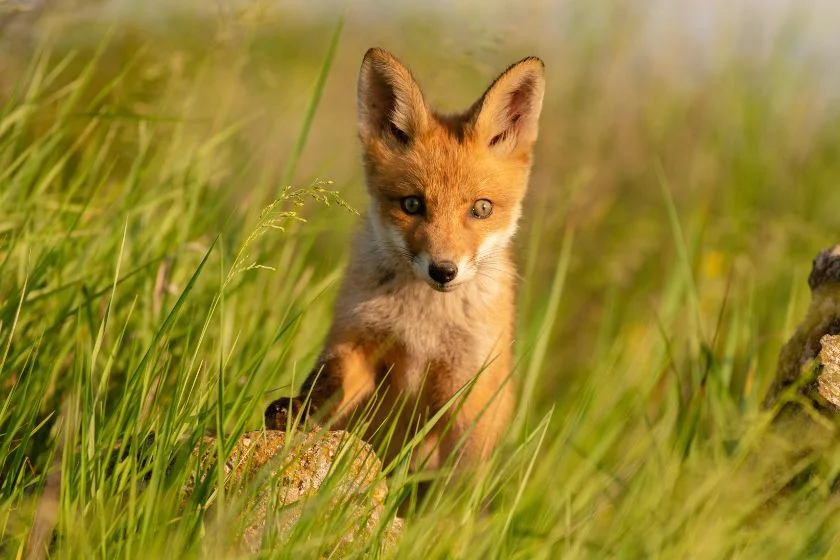
How does a baby fox sound?
Fox cubs make a whimpering sound to bring attention to themselves. They use these sounds to tell their mothers they are cold or hungry.
Can you domesticate a fox?

Foxes are wild canines, but the idea of keeping them as pets is not far-fetched or weird. Like dogs, these canines tend to form close bonds with their owners. If you’re nursing the idea, these cute fox names for males and females would come in handy.
What are male and female foxes called?
A male fox is called a dog while a female fox is called a vixen.
What is a group of foxes called?
Skulk or leash is the collective noun for a group of foxes.
Why are baby foxes called kits?
While baby foxes may be called pups or cubs, they are generally called kittens because of their cat-like traits and similarities.
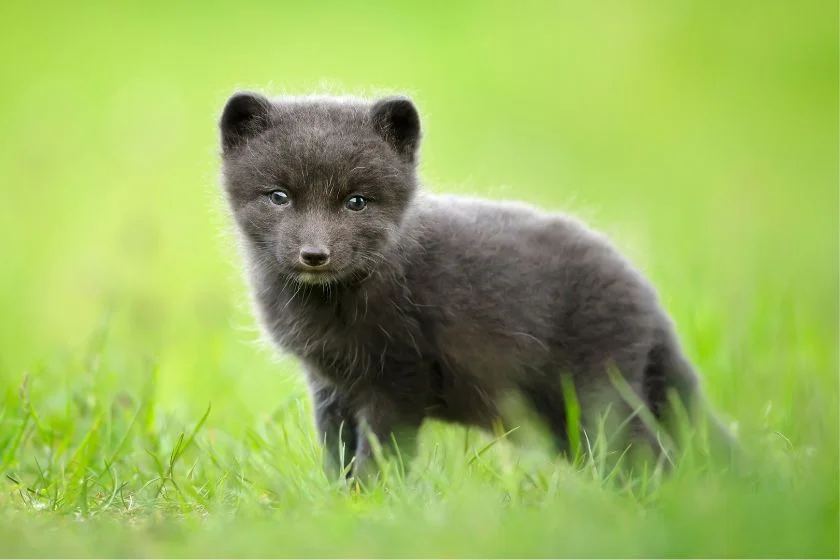
Wrap Up
What baby foxes are called would be a ‘no-brainer’ if you come across it in trivia.
Fortunately, you know more about infant foxes than what they are called. We hope our well-researched resource provided you with all the information that you seek.
